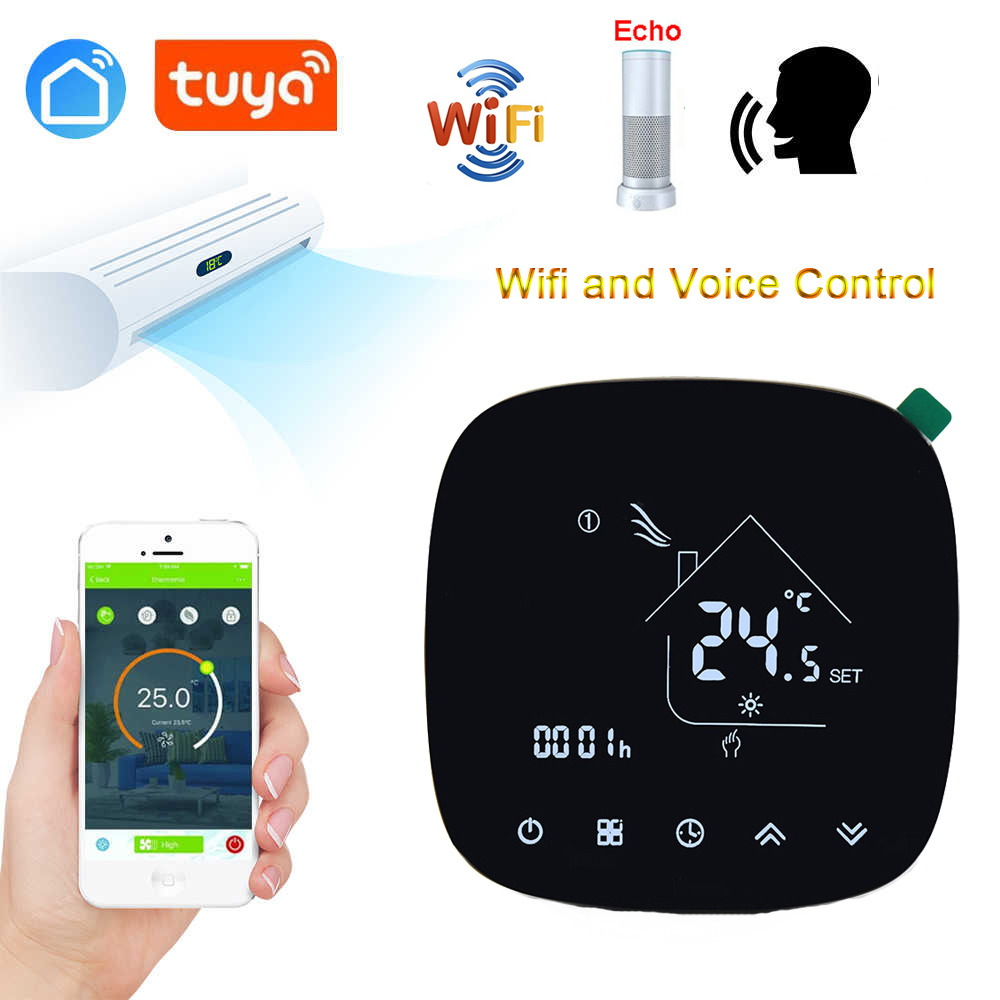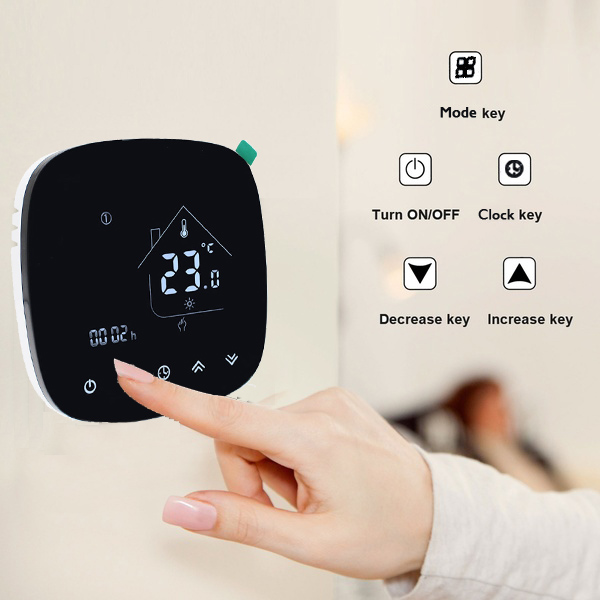How does the thermostat work?
The thermostat is a tool to read the temperature of the room, and the thermostat can control it. Whether it is wall-mounted or wall-mounted installation, the control dial is essential for adjusting the temperature of the house. Let us have a deeper understanding of what a thermostat is, what types of thermostats are, and how they work.
What is a thermostat?
How do you control the temperature of the house? Today, there are many options, ranging from smartphone apps to traditional temperature dials. These are all forms of thermostats. Essentially, the thermostat is just a control used to adjust the temperature of the heating system. You can set a preferred temperature, and the thermostat can keep your room or boiler at the desired level. If the house temperature starts to drop, the thermostat will turn on the heater to heat it. When the internal temperature reaches the set point, the thermostat will turn off the heating to prevent overheating.
Within this basic framework, there are many functions and options:
Some thermostats are wireless and battery-powered.
Others are connected to the boiler itself by wires.
The programmable thermostat uses a set schedule to run the heating at specific times of the day.
Thermostat Types
Thermostats come in various shapes, sizes, and styles. The two main types of thermostats are digital and mechanical. These differ in some key aspects. Today, most new thermostats are digital or electronic. The internal components of the digital thermostat can provide an accurate and sensitive response to room temperature. The electronic sensor reads the current internal temperature and can fine-tune the heating accordingly to keep the room within a single range of target settings.
In contrast, mechanical thermostats usually use two bits of metal to control the temperature. They are laminated together in the thermostat sensor in the bimetal strip. As different types of metals expand and contract with temperature changes, the circuits connected to the heating system will be opened and closed. This is how the thermostat reads and regulates heat. The important thing to note about the bimetal thermostat is that it is not as accurate as of the digital model. The temperature may differ by as much as 5 degrees from the target set value. However, some people prefer mechanical thermostats because of the affordable and easy-to-use on/off switches.
How to set the thermostat?
Here are some handy tips on how to use the thermostat.
This type of equipment needs to be placed in a home area with fresh air. If the thermostat is placed in a particularly sunny place or behind curtains, it will not be able to accurately sense the temperature.
First, set it to the lowest temperature you feel comfortable. For most people, this will fall in the range of 18 to 21 degrees.
On cold days, a thermostat may be tempting, but it is not necessary. The idea of the thermostat is that it will react to colder weather and ensure that the heating time is long enough to heat the house to the set point you choose. However, since it may take longer to heat the house on cold days, you can program the heating to turn on earlier.
The programmable thermostat has both time and temperature settings, so you can adjust the temperature at different times of the day. This way, you can turn off the heating while you work, saving energy, but you can still return to your warm home later in the day. When programming the thermostat, you need to consider the preheating and cooling times.
How to use a mechanical thermostat?
The mechanical thermostat regulates the heat through the expansion of the metal strip inside. The strip is charged through the connected circuit, thereby turning on the heating device. When the steel strip heats up, one of the metals expands enough to open the circuit and turn off the heating, thereby cooling the room. To adjust this mechanism on a thermostat, use a temperature dial that can be adjusted to the desired temperature. This sets the point at which the circuit closes and opens.
It takes some time for the metal band to expand or contract, so the process can be quite slow. One solution is to find a mechanical thermostat with gas bellows sandwiched between two metal discs. These metal discs are designed to have a considerable surface area so that they react quickly to heat. The gas in the bellows expands and contracts to control the circuit and heat accordingly. Although this may sound complicated, from the user's point of view, all the operations you need to perform on the thermostat are set to the desired temperature, and the rest will be done by mechanical parts!
Hotowell, as a professional manufacturer of HVAC products with more than 10 years. Our thermostats include different types, such as BACnet thermostat, Modbus thermostat, wifi thermostat, and standard digital thermostat. Any interest of our thermostats, welcome to contact me according to the following methods.
Tel.: +86 153 5987 4486
Email: delta@hotowell.com




